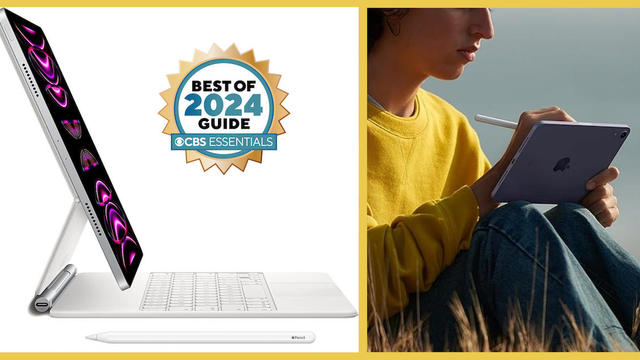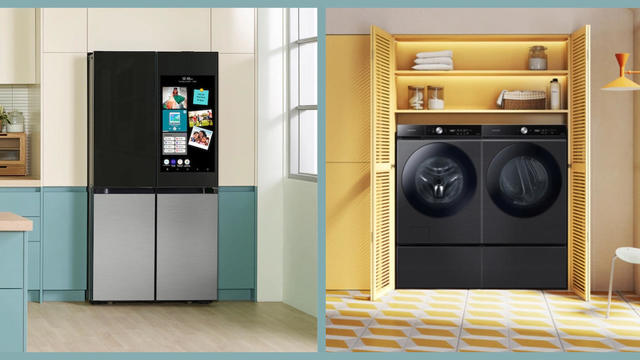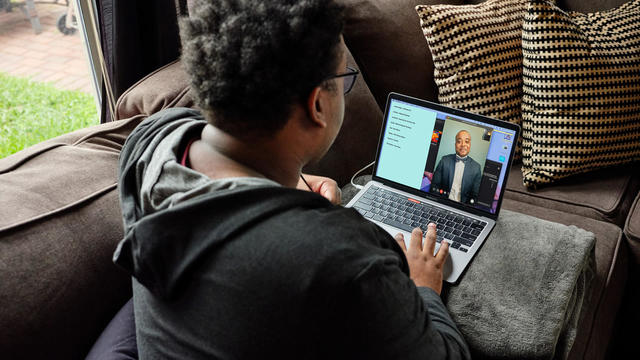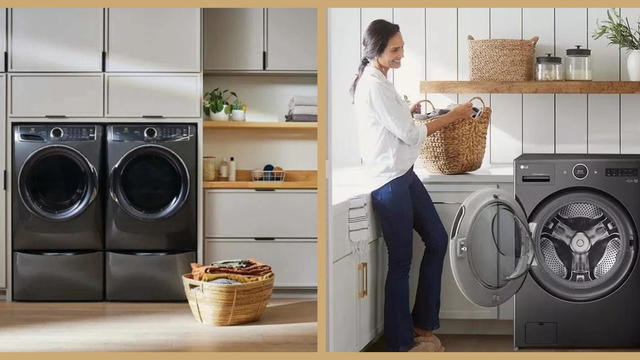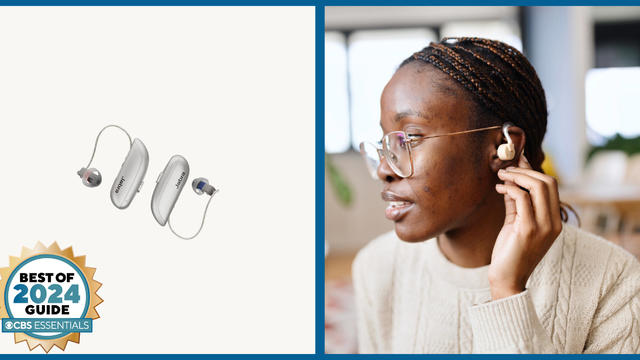How much do hearing aids cost?
Now that hearing aids are available over the counter, there's no excuse for suffering from a less-than-perfect hearing aid. That can mean a variety of things depending on your personal needs, from enhanced audio processing features to a discrete design that fits snugly in your ear.
That doesn't mean that shopping for a hearing aid is simple; with prices that range widely from affordable to big investments that have you saying "I better start saving up now," it can be tricky to find the absolute best hearing aid for you -- and your wallet.
Is it time to invest in a new pair of hearing aids? To help you cut through the white noise of different brands, styles, and hearing aid bundles, we outline everything you need to know about how much hearing aids cost, including the different factors that go into that final price tag, below.
How much do hearing aids cost?
When it comes to hearing aid prices, there are two groups to consider: prescription hearing aids and over-the-counter hearing aids (OTC).
The world of prescription hearing aids remains largely unchanged, with prices commonly climbing into the thousands. Offered up by an audiologist or other qualified specialist, these devices come with a price tag that includes things like professional fitting services, device programming, and follow-up visits. One 2018 survey of over 2,000 adults found that the average price for a good quality pair of hearing aids cost around $4,600 -- with the caveat that prices range widely for a number of reasons and can be anywhere from $1,000 to more than $8,000 per pair.
OTC hearing aids are a relatively new category where customers can get their hands on decent devices for much lower costs -- less than $1,000 a pair. These typically come with less robust tech features (making them ideal for people with mild to moderate hearing loss) and none of the complex extras that you get with a prescription hearing aid.
This also can mean no professional fitting services. But there's no denying that good quality OTC hearing devices, like the Jabra enhance plus hearing aids, with advanced features like a decent 10-hour battery life and mobile app connectivity, can be a great choice for customers looking for a budget-friendly solution to hearing loss.
What determines the cost of hearing aids?
Extensive research costs can contribute to high prices, since some manufacturing materials like microprocessors and microphones can hike up production costs. It can be expensive to build and scale these devices down to fit in the average hearing aid.
Most prescription hearing aids come bundled with professional services like fittings, maintenance, and routine cleanings, but we found some audiologist offices like Maryland-based Designer Audiology listed service fees for a custom fitting starting at $1,500.
Bundled hearing aids can be more expensive than other options like OTC hearing aids, which is a fast-growing category of devices thanks to its recent approval by the FDA in 2022. Bundled hearing aids can make for an easier experience, since customers typically pay for their hearing aid devices, a professional fitting by an audiologist, and repair services (often for one to three years following a sale) all at once.
Unbundled hearing aids can be cheaper with prices that reflect standalone hearing aid devices, with little to no extras included. These OTC hearing aids may offer fewer high-end features and servicing them may come with out-of-pocket expenses, but the trade-off is lower upfront costs.
Other factors that typically contribute to the price of hearing aids:
- Tech: The more high-tech the hearing aid, the higher the price tag. More advanced devices can offer features like Bluetooth connectivity, precise sound isolation and amplification, and direct connections to anything from incoming phone calls to your favorite music apps. These hearing aids can be two to three times more expensive than your average OTC hearing aid, but are more than worth it -- take the Eargo 7 for example. This hearing aid offers crisp sound design, advanced audio processing and serious filtering services.
- Warranties: Most hearing aid devices come with a manufacturer's warranty that covers the cost of repairs for a set amount of time, usually one to three years. Warranty coverage also tends to cover the cost of one full replacement as well.
- Hearing aid research: There's still plenty of room for hearing aids to be improved, so research and development is very much an ongoing part of hearing aid costs. Experts are still making advances like more precise audio processing, better manufacturing techniques (to make hearing aids smaller or easier to use), and higher quality standards.
- Different types: In addition to the common in-the-ear (ITE) and behind-the-ear (BTE) types, there are others, like the discrete, completely-in-canal (CIC) hearing aid or its stripped-down counterpart, the receiver-in-canal (RIC) hearing aid (prices typically start at $1,500 and $2,000, respectively). Bulkier in-the-canal (ITC) hearing aids, which can be more visible, can be more expensive at $2,500 and up. On the other hand, invisible-in-canal (IIC) hearing aids can be more budget friendly thanks to their small and simple form factor.
How can I save money on hearing aids?
Explore your OTC options. Some big-box retailers like Walmart offer low prices on both prescription and OTC hearing aids. One such deal is the Lexie B2 OTC hearing aid by Bose, which you can purchase directly through retailers such as Amazon.
You can currently find the Lexie B2 OTC hearing aids, a top pick for quality and affordable OTC hearing aids, at the retailers listed below for a 10% discount off the original price of $999.
